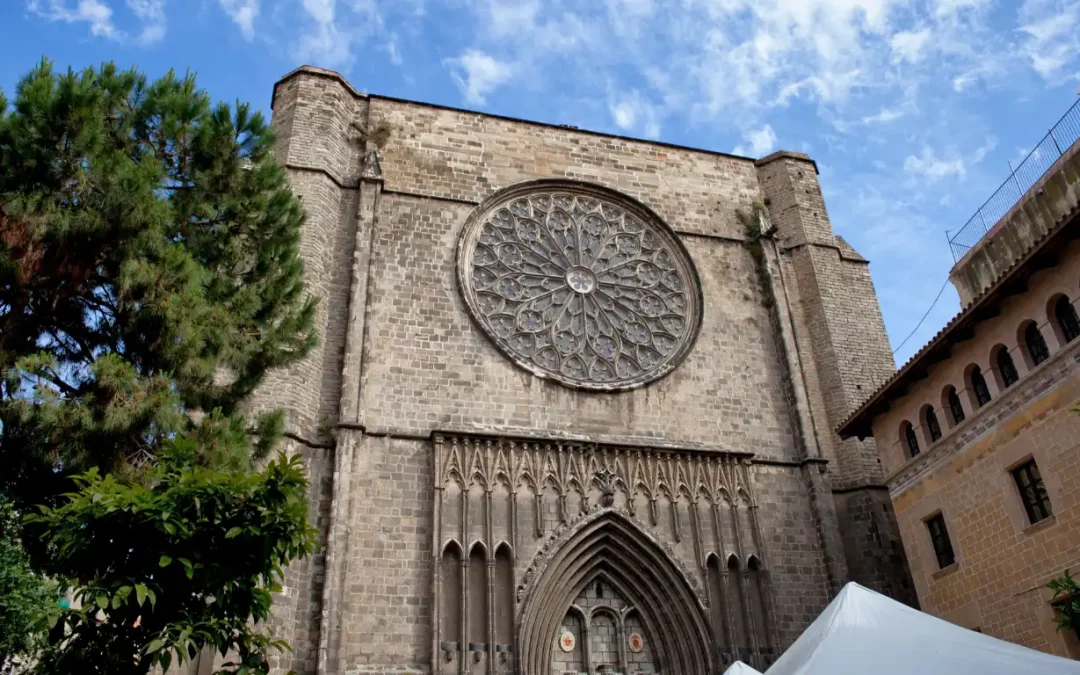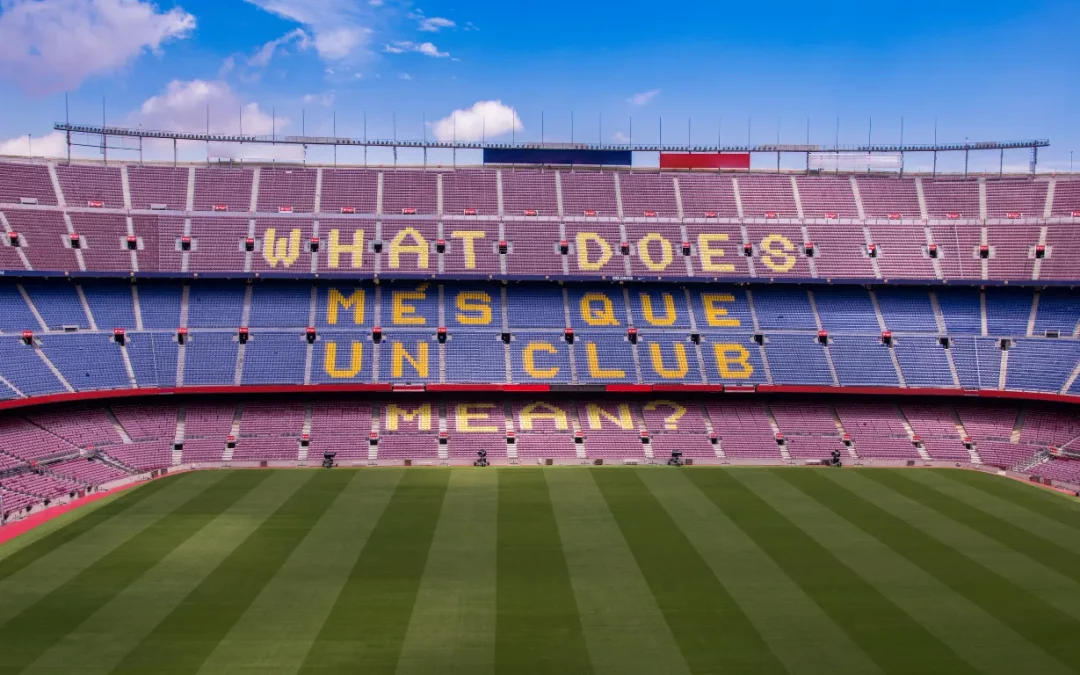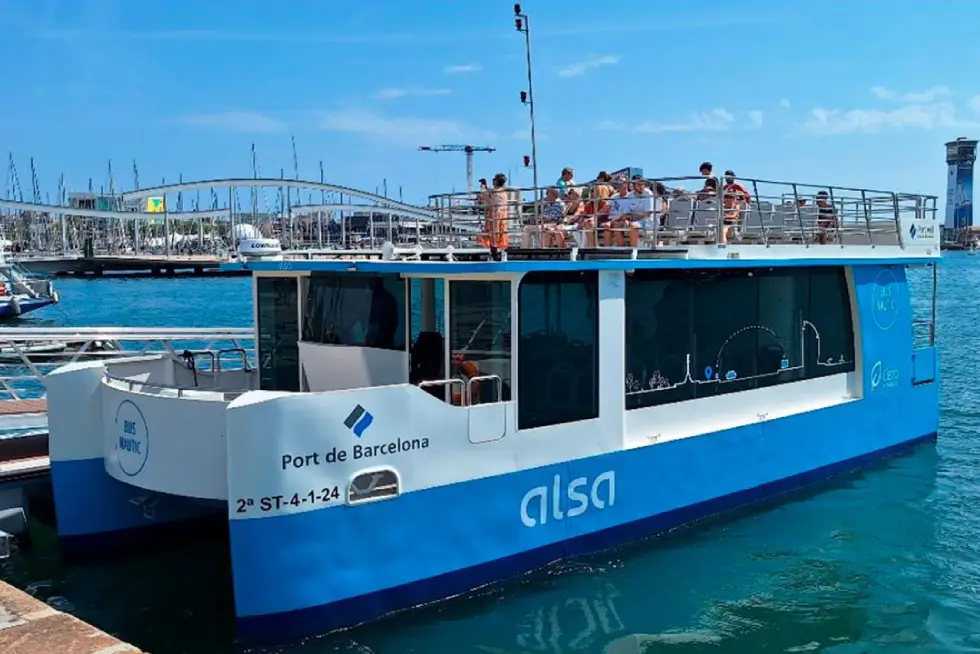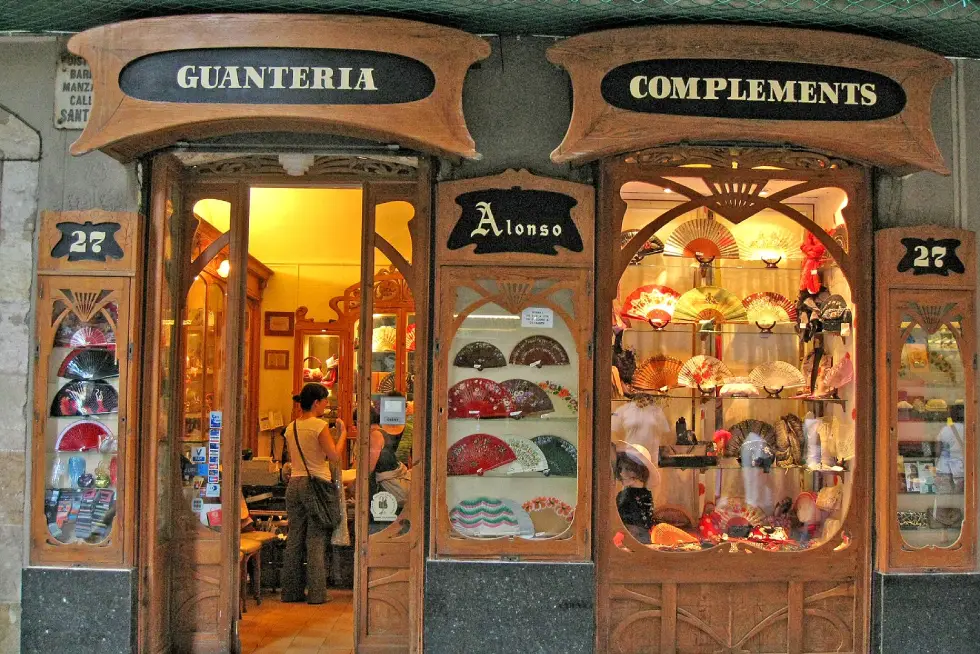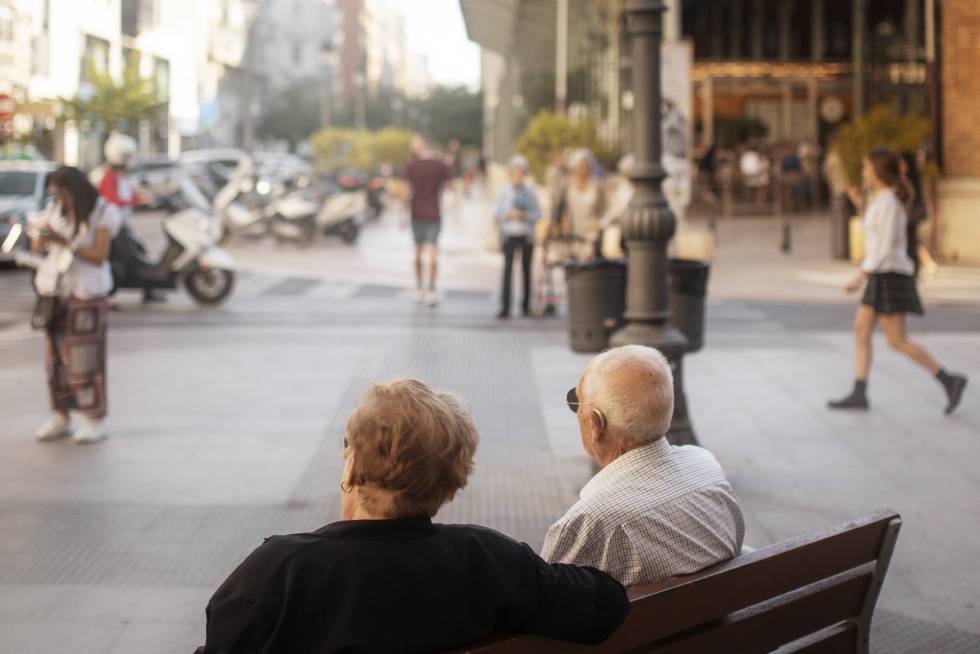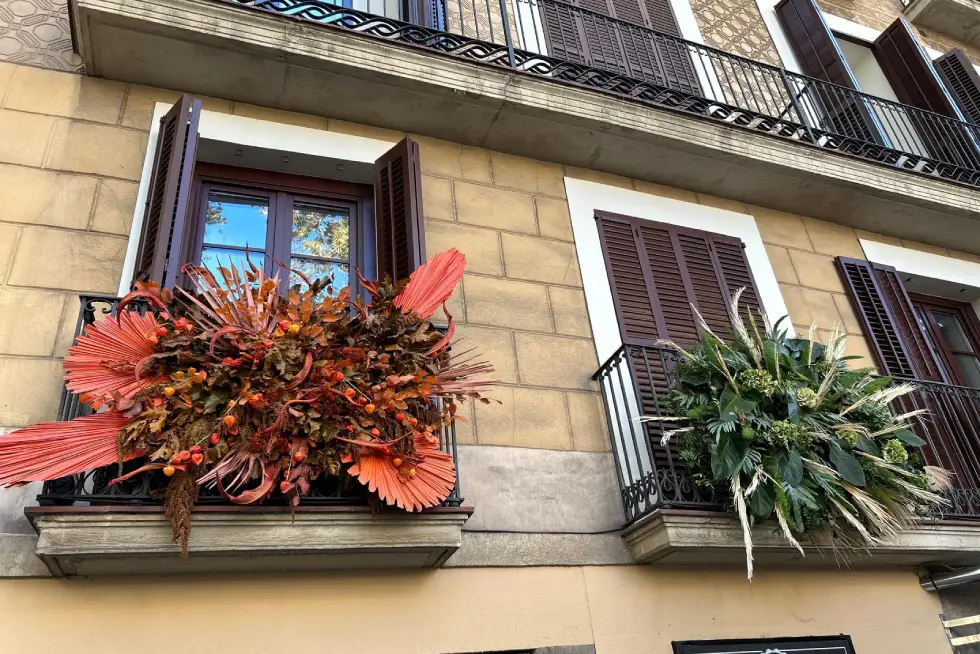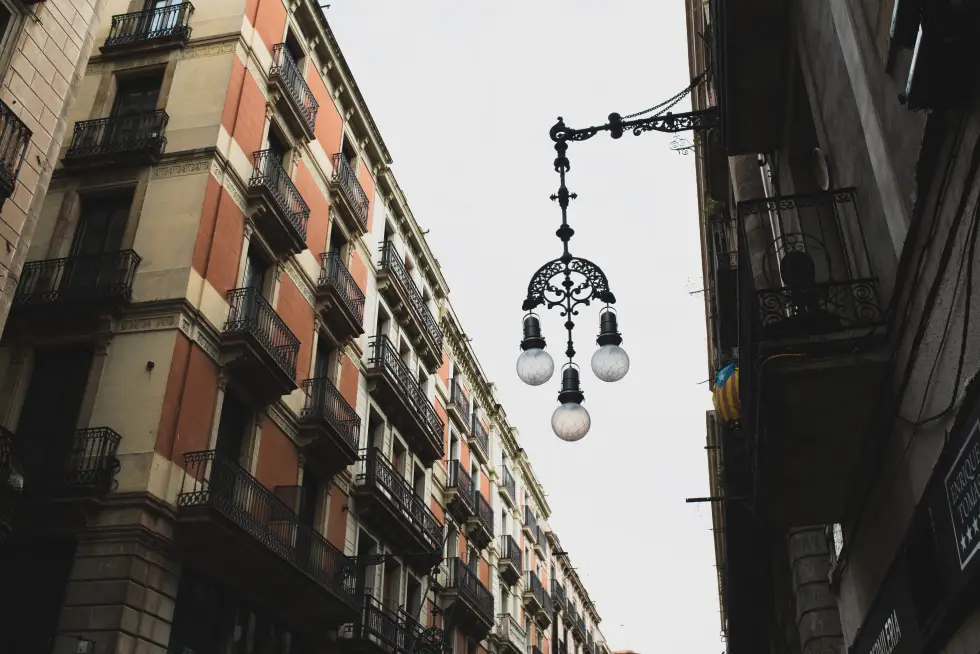Barcelona is one of the world capitals of modernism. The main Modernist architects turned the city into an immense open-air museum in which about 120 modernist buildings coexist. Although it is extremely difficult to make a selection, we have compiled for you a list of the main wonders of modernism in Barcelona.
Sagrada Familia
Talking about Barcelona means talking about La Sagrada Familia. The temple designed by Antonio Gaudí has become the icon par excellence of the city, the most visited monument in Spain and one of the most visited in the world.
The origins of the basilica date back to 1866, when Josep Maria Bocabella i Verdaguer, founder of the Asociación Espiritual de Devotos de San José (Spiritual Association of Devotees of St. Joseph) planned to build a temple in honour of the Holy Family (St. Joseph, the Virgin Mary and Jesus Christ).
The project was initially assigned to the architect Francisco de Paula del Villar y Lozano who resigned, shortly after initiating the construction, due to disagreements with the promoters.
The project was then entrusted to a young Antoni Gaudí, who proposed the construction of an exuberant temple with a Latin cross plan, 18 high towers full of religious symbolism (especially for its abundant sculptural decoration).
Gaudí dedicated 43 years of his life to the La Sagrada Familia but, after his death in 1926, only one of the towers had been built. However, thanks to the plans and models that he left behind, his successors have followed the construction works respecting the designs created by the Catalan architect.
Architecture of the Sagrada Familia: modernism and religious symbolism
The building represents the symbols of the Christian faith through a fascinating combination of artistic disciplines.
The exterior has three facades. The Nativity (Marina street), richly decorated and full of life, represents the birth of Jesus. The Passion (Sardenya Street), more austere, reflects the suffering of Christ during the crucifixion. Finally, the façade of La Gloria (Mallorca street) represents the Death, the Final Judgment, the Glory and hell. All of them have beautiful sculptural elements in which the main passages of his life are recreated: the kiss of Judas, the Last Supper, The Judgment of Jesus, the Ecce Homo, etc.
Inside the basilica stand out its enormous columns, the beautiful illumination provided by the colorful stained-glass windows and the decoration inspired by nature that is so characteristic of Catalan modernism and, particularly, in Gaudí’s masterpieces.
Today the temple is still under construction and it is expected to be finished in 1926, coinciding with the centenary of the death of the Catalan genius.
When the works are finished, the basilica will be crowned by 18 towers (only 8 of them are currently finished), with different heights depending on the religious hierarchy they represent: 12 will be dedicated to the apostles, four to evangelists and one to the Virgin Mary. The last one, dedicated to Jesus Christ, will touch the sky of Barcelona at 172’5 meters to make La Sagrada Familia the tallest building in Barcelona.
If you want to visit La Sagrada Família, you can buy your tickets at the hotel front desk to avoid the long queues that always form at the entrance. Ask our staff!
Casa Batlló
Casa Batlló is another construction by Gaudí that represents the pure essence of modernism and is declared a World Heritage Site by UNESCO. Located in Passeig de Gràcia, in the heart of Barcelona, Casa Batlló will impress you with its impossible shapes, its bluish tones and the colourful richness of its windows.
The building symbolises the battle of Sant Jordi, patron saint of Catalonia, against the dragon (representation of evil). On the roof, the dragon’s back is represented by tiles of different colours in the form of scales, traversed by a four-armed cross evoking the sword of Sant Jordi.
In its beautiful façade Gaudí combined stone, wrought iron, glass mosaic and ceramics. The main floor and the first floor incorporate slender stone columns in the shape of bones decorated with floral motifs.
Not less spectacular, the interior courtyards with their wavy shapes that evoke the depths of the sea thanks to its original ventilation system, the skylights shaped as turtle shells, the handrails that look like the backbone of a large animal and the incredible dominion that Gaudí had of light, colour and different decorative materials (glass, wood, iron, etc.).
Casa Milà (La Pedrera)
Gaudí let his infinite imagination flow to create a building as spectacular as unclassifiable, in which straight lines seem forbidden.
The Casa Milà was named La Pedrera (quarry in Catalan) by the people of Barcelona because of the stony appearance of the building’s exterior. It was built as two blocks of flats, with independent accesses, interconnected by two large inner courtyards and with an undulating common façade.
Its six floors are full of sinuous curves, impossible architectural forms and an interior decoration that recreates the shapes of nature.
But if anything stands out in La Pedrera is its spectacular rooftop, where the chimneys in the shape of sculptures of warriors form an impressive army of stone.
In spite of the fact that in his construction he broke with all the classical architectural schemes, Gaudí designed the building, making sure that it had all the possible comforts such as lift, hot water, gas and an underground garage, which turned La Pedrera into one of the most comfortable buildings in Barcelona at the beginning of the 20th century.
Park Güell
Conceived as an urbanisation for the wealthiest classes of Barcelona at the beginning of the 20th century, Gaudí designed the Park Güell with the intention of creating a luxury housing space immersed in a natural environment that offers an unbeatable view of the city.
Although the project ordered by the businessman Eusebi Güell ended up being a commercial failure that forced its promoters to paralyze it, Gaudí was able to finish much of the common landscaped areas in what ended up being the Park Güell as we know it.
An authentic open-air museum in which Gaudí put architecture and urbanism at the service of his great source of inspiration: nature.
Declared a World Heritage Site in 1984, when you enter Park Güell you will find yourself living in a fairy tale thanks to its impressive collection of terraces, mosaics and sculptures.
The most outstanding, the charismatic lizard-mosaic made with the trencadís technique, welcomes visitors at the main entrance.
Hospital de Sant Pau
The work of the renowned architect Lluís Domènech i Montaner, the Hospital de Sant Pau is the largest modernist complex in Europe and one of the largest in the world.
The guided tour will allow you to discover the amazing history (it was initially built at the beginning of the 20th century as a garden city for the patients, although it no longer works as a hospital) and the secrets of this modernist paradise of incalculable architectural value, where you will find underground tunnels, beautiful gardens, sculptures, stained-glass windows, mosaics and all kinds of applied arts.
Palau de la Música Catalana
Built between 1905 and 1908 also under the direction of Domènech i Montaner, the Palau de la Música Catalana is one of the most singular concert halls in the world (with excellent acoustics) and one of the most representative monuments of Catalan modernism.
The building is articulated around a central metallic structure covered with glass, which when it receives natural light turns the building into a magic music box where sculptures, mosaics and stained glass are combined.
The emblematic red brick façade will make you fall in love instantly, with its columns decorated with colorful ceramic and stone sculptures both elegant and spectacular.
However, the real heart of the building is its concert hall, which highlights the glass and iron skylight that floods the entire space with light and colour, in addition to the stone sculptures that surround the stage.
In addition to the 6 buildings that we have presented to you, in Barcelona you can enjoy La Casa de les Punxes, Casa Amatller and Casa Lleó i Morera (which together with Casa Batlló form Manzana de la Discordia), Palau Güell, Casa Planells and a long list of modernist wonders that are distributed throughout the city. Don’t miss them!



